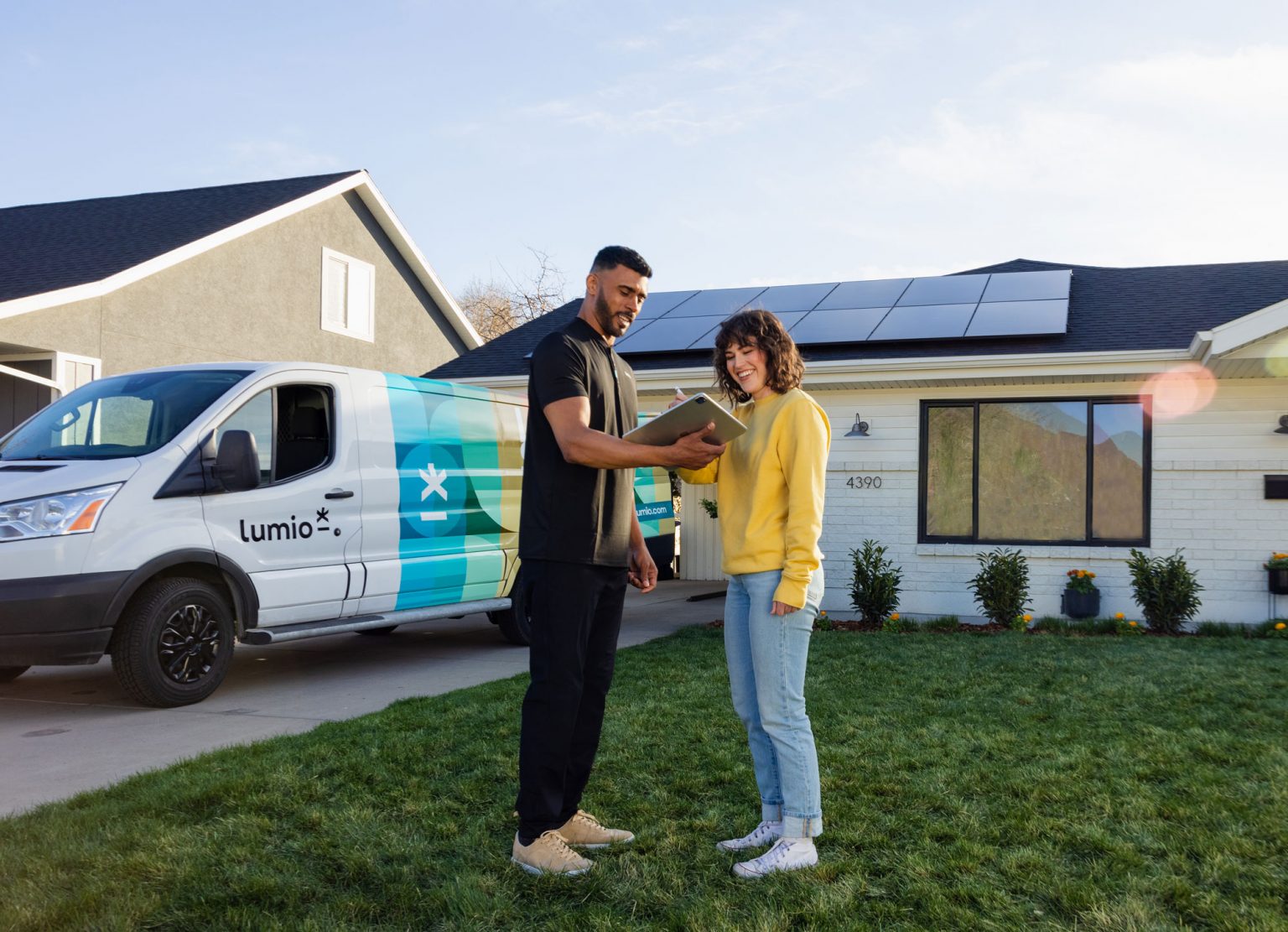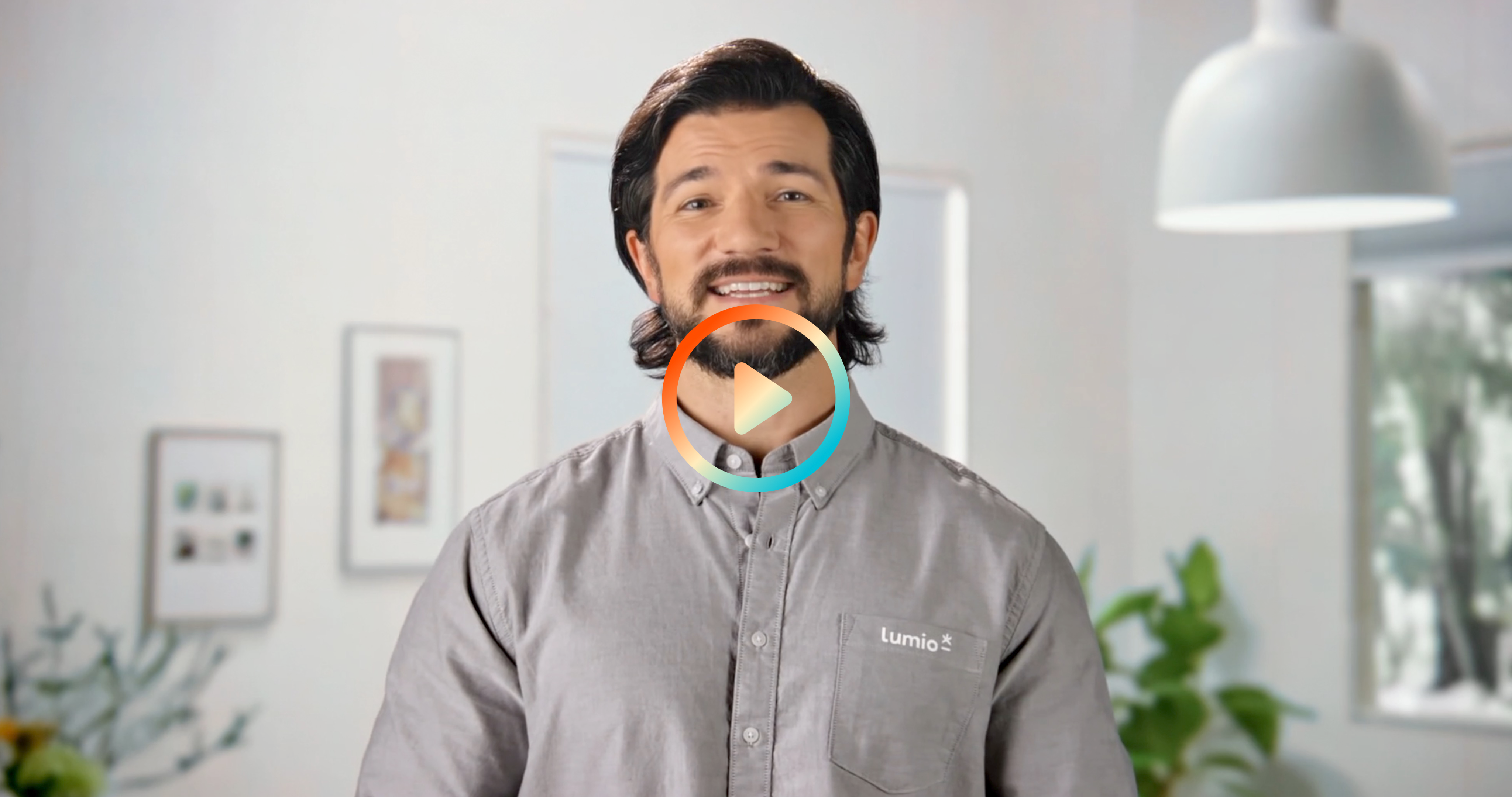Connecting My Solar System to the Grid: Beneficial or Not?
Understanding the Pros and Cons of Connecting
Your Solar-Powered Home to the Grid

by Alex Kelleher
5 min read - Published on 05/10/2022
To connect or not to connect? That is the question.
Whether you’ve made the investment to go solar or you’re just researching your options, it's important to know some of the finer details around the idea of staying “grid tied.” Can your solar system be 100% off-grid or do you still need to plug into the power grid? As a solar owner in a residential area, staying connected to the grid has benefits. Maybe you switched to solar so that you could avoid the power grid?
Staying Connected Pays
How does staying plugged into The Matrix benefit you? Are you ready to take the red pill, Neo? Maybe let’s just move on from these dated movie references and get back to the point? Yes, please.
Why Do I Need to Connect to The Grid? Depending on where you live there may be significant benefits to remain connected including:
- Drawing power from the grid after sunset or on cloudy days
- Saving money by adding a battery (if offered by your local utility company)
- Knowing that you have a back-up plan if the sun doesn’t come up tomorrow
Having a grid-tied system doesn’t make your system any less reliable than if it was entirely standalone. The word “off-grid” current generates a fair amount of buzz in relation to going solar. Before we cut all ties with your local utility, let’s dive deeper into some of the benefits.
Turn the Power Grid into a Two-Way Street
Before you went solar the power grid was the epitome of a one-way relationship. They send you power from hundreds of miles away where their power plant is busy burning up every ounce of coal they can get their little hands on to power your countertop deep fryer. The power that reaches your home may be 1/10th what it was when that carbon atom ignited and burst to life, but we’ll leave the inefficiencies of the grid to a different article.
This may be the biggest reason to stay connected to the power grid. When you tie into the power grid with an active solar energy system on your roof you are able to push power back into the grid when your panels generate more than you’re using. If you’re in an area where your power company participates in a Net Metering program the utility will actually buy the excess power from you. They don’t normally cut checks or hand you cash but you will start to see a line item on your bill showing the amount of energy you produce during the day that you don’t need.

What is a Smart Meter?
There are a few different types of electricity meters. The power grid became much more economic in about 1888 when the watt-hour meter was created, and honestly has not changed much since then except for the creation of smart meters.
The necessity of charging customers fairly for the power they were using drove the industry to create a way to measure each individual home's energy use. Traditional watt-hour meters had a disk that would spin when the current of an electromagnetic field would flow over specifically placed coils.
These days there are two main types of meters that are installed with a home that are used by most utility companies. These are electromechanical meters and automated or “smart” meters. Electromechanical meters have the traditional spinning disk and analog dials while smart meters are digital. Smart meters are the foundation for an intelligent energy system, and they also eliminate the need for a meter reader to come to your home and record your energy usage because they can communicate remotely with the local utility provider. Smart meters send your electricity consumption to the utility provider about every fifteen minutes.
Smart meters allow homeowners to track how much energy they are using. Electromechanical meters have a reputation of being less accurate—especially when they haven’t been changed out for decades! Smart meters are reliable and display nearly up-to-the-minute energy use.
Saving Money
Depending on where you live you might have the option to take your home completely off-grid. Since you won’t have the power company to back you up on cloudy days or in the evening, you’ll need to add a backup battery into your solar plans. Your panels will push power through your inverters and store it in the battery for when you need it. Your home can draw any needed power from the battery rather than the grid anytime you need and each time the sun is out those batteries will automatically be recharged.
This is a great option for rural homes that may not have access to the grid, or for those looking to be completely independent. While batteries are an amazing asset to have included in your design, they aren’t cheap yet, but are going down in price every day.
A Stronger, More Stable Grid Together
Picture this: The upcoming weather forecast predicts record high heat waves over the next week. We can assume that households will run their air conditioner around the clock to keep cool. With abnormally high levels of electricity being used to power everyone’s AC units for an extended period of time the power grid would normally struggle to keep up with the demand.
Your solar system being connected to the power grid helps relieve some of that stress by adding power back to the grid. As you sell your power back to the power companies they’ll be able to better meet the supply needs for everyone around you.
Your local utility can still play a nice backup role in your solar plans. The easy access to power when the sun isn’t shining and the potential to take advantage of net metering are two great reasons to consider keeping your home connected to the grid for most homeowners, but your situation may be different!
Click the link below to set up a quick chat with one of our solar experts and we’ll be happy to give you the rundown about what the benefits of switching to solar look like in your area!

